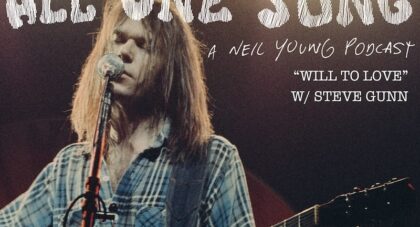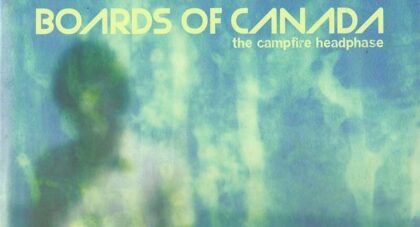Trumpeter Steve Bernstein joins us to discuss the electronically processed jazz of Sexmob's The Hard Way and share wild stories of working with legends like Lou Reed, how he helped prep the Sun Ra Arkestra to appear on-stage with U2, and tell us about the one time he had to tell Hal Willner "no . . .
Only the good shit. Aquarium Drunkard is powered by its patrons. Keep the servers humming and help us continue doing it by pledging your support.
To continue reading, become a member or log in.


